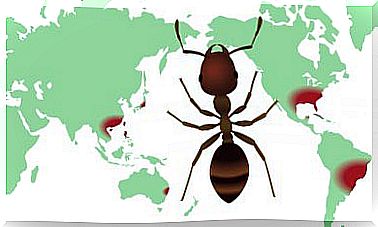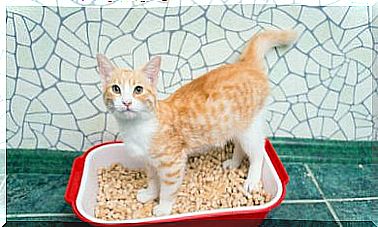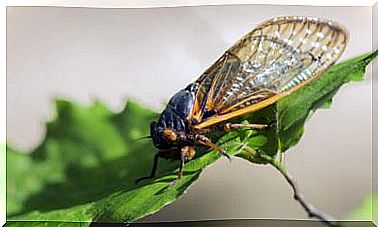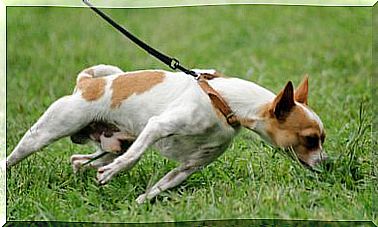What Can Your Dog’s Feces Tell You?

Your dog’s feces are one of the most direct indicators of the state of his health. For this reason, knowing how to interpret the texture, color or odor of the excrement can help both in diagnosing diseases and in verifying the welfare of the animal.
To assess a possible abnormality in your dog’s stool, you must know its healthy appearance. In general, a dark brown hue with a firm consistency will reflect an adequate digestibility of the food. However, it should be borne in mind that small variations with lighter colors and softer textures can be normal within a humid diet.
The odor should be characteristic of feces without being excessively unpleasant. As for the quantity, it will be proportional to the volume of food eaten, although it can increase if the fiber content is high.
If at a specific moment the excrement presents a different appearance to that described above, it does not have to be a symptom of disease either. Dogs, being loose, tend to ingest substances outside their diet that can cause transient gastrointestinal upset. In this way, you should only alert yourself if the abnormal appearance lasts for several weeks.
Possible changes in your dog’s stool
Although the symptoms can be attributed to different pathologies, there are a number of basic indications:
- Dry feces. Too firm a consistency can be the result of dehydration, a sedentary lifestyle, or a lack of fiber in the diet. In addition to this texture, the animal may have discomfort when defecating. Normally, they are mitigated by adopting new habits or changing the type of diet.

- Diarrhea. Once the soft or watery consistency has been ruled out by a humid diet or the occasional intake of a foreign plant or substance, the soft texture can be associated with several disorders. Some of them are the food allergies, intestinal inflammation, pancreatitis or a viral infection. The presence of intestinal worms or other parasites can also cause it, hence the importance of prevention.
- Excessive effort in defecation. In addition to being attributed to the dryness of the stool, there are several associated pathologies. Notable disorders in the anal glands, intestinal inflammation, the presence of a foreign body, back pain, neurological dysfunction or intestinal tumor.
- Inadequate amounts. When your dog’s feces do not correspond to the ingested volumes, you should also be alarmed. In the case of exceeding it, it may be because the animal is obtaining food from a foreign source or that due to some pathology it is not absorbing the nutrients normally. If the sizes are small it may be due to constipation or a lower intake than assumed.
The importance of color
The tonality of your dog’s stool can provide a lot of information, from poorly digested food to the failure of a vital organ. Some of the most significant colors are:
- The green. Typical of intestines that have a higher transit than usual, so that bile pigments have poor reabsorption. Normally, it is associated with the intake of plants or canine trinkets, including those intended for dental health.
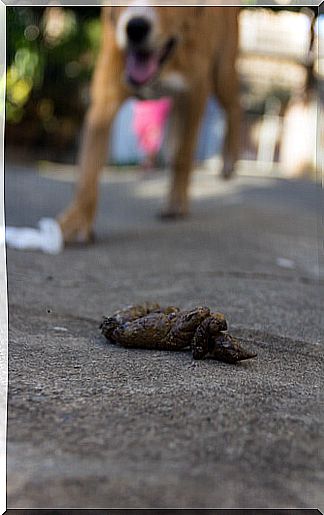
- Orange, associated with inflammation of the pancreas.
- The white or the gray, related to biliary, intestinal or pancreatic pathologies.
- The red one. Despite being the most obvious shades, it does not have to be linked to the most serious disorders. The most normal thing is that it is a bleeding at the level of the large intestine or the anus. The presence of parasites, foreign objects or intestinal tumors can also cause it.
- The black. In this case, the bleeding will have occurred at a higher point in the digestive system, such as the stomach or small intestine, so that the blood is digested. The causes of bleeding are usually ulcers or tumors.
In general, observing the appearance of your dog’s feces can be interesting to assess his health, especially if a possible underlying problem is suspected. However, it is important not to become obsessed with a certain color or texture, as point variations are usually due to the interaction of the animal with the outside.


